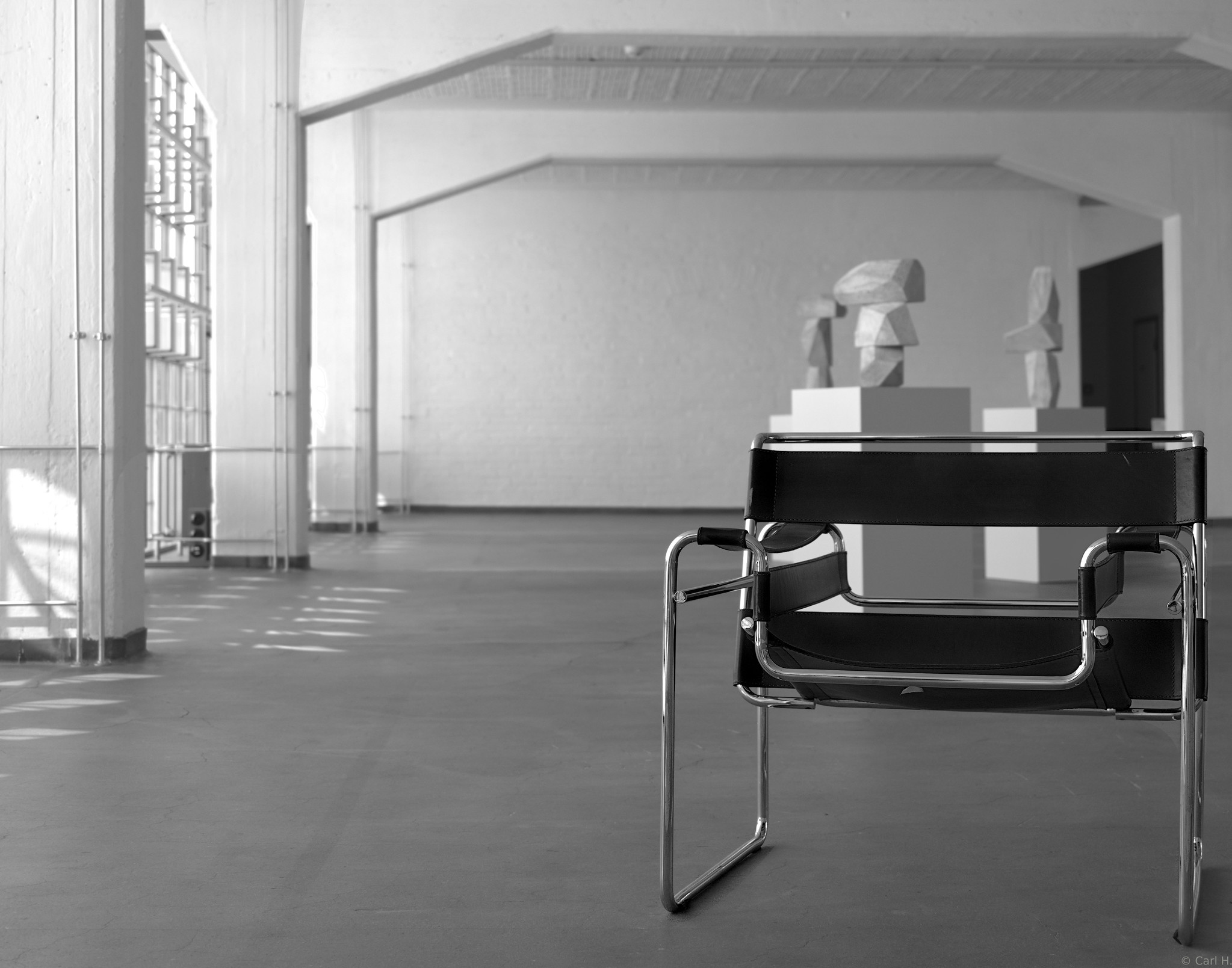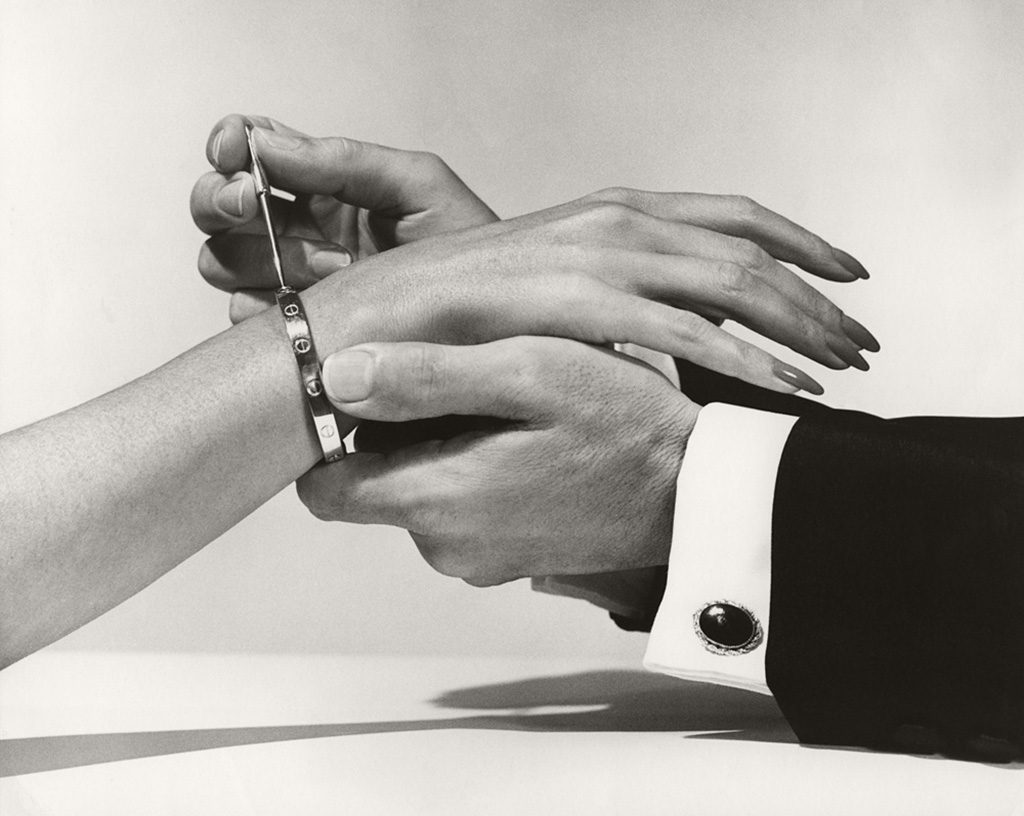Between art and architecture, between the dreams and hopes of a ‘roaring’ century, a revolution in the concept of living was born: the Wassily Chair.
It was the 1920s. The ‘RoaringTwenties’ of progress: those of the automobile, the cinema, the radio. The years when Dadaism, Art Deco and Breton’s Surrealism took hold. Jazz was exploding in the United States and suffragettes were beginning to appear, claiming women’s emancipation.
The economy prospered, the Great War had just ended and everything seemed to sparkle with new light, even fashion. There was a desire to start again. In those years, Francis Scott Fitzgerald published The Great Gatsby, which described the fashions and vices of middle and high society. And it was in this panorama of sequins and ALFAs (soon to be Alfa Romeos) pulled to shine that the chair that is the subject of this article was designed.
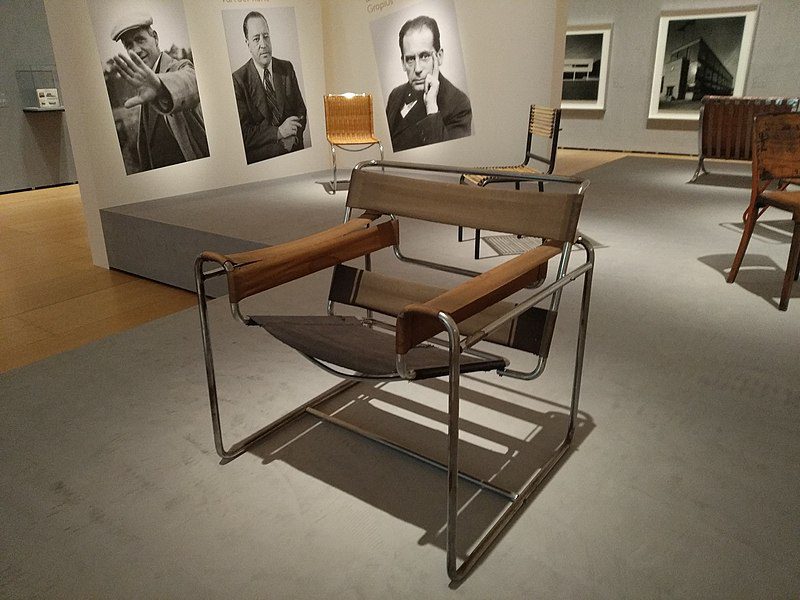
A new furniture concept: the weight of lightness
In 1925, the prominent architect and designer Marcel Breuer decided to revolutionise the concept of modern furniture with his tubular metal furniture. Among them was the Wassily Chair. In his modern reinterpretation of the bulky club chairs in daily use at the time, he was inspired by the simplicity and lightness of the metal tubing of his Adler bicycle.
Metal tub ing was elegantly used for the shell, moulded by the designer in a continuous manner, without joints or interruptions, andeisengarn (textile material). The eisengarn is made from cotton treated with paraffin and wax, which is then spun on a machine that finishes the yarn.
Materials never before used infurniture making, which create a chair in which the seat, back and arms made of soft, strong einsengarn are attached to a supporting cage structure. The elements seem to float in space. When sitting on a Wassily, the body does not touch the metal structure.
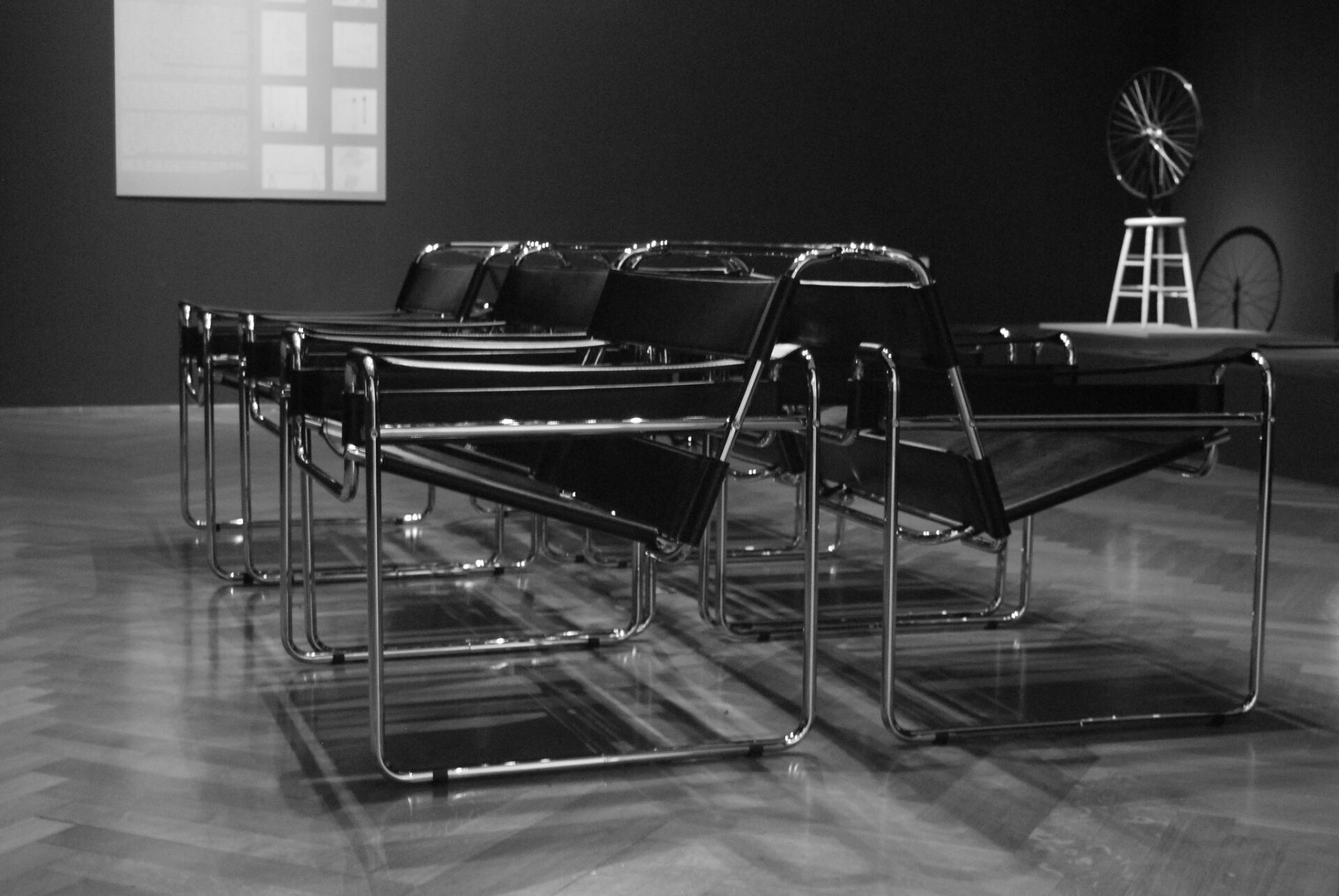
Breuer spoke of the chair as his ‘most extreme work.. the least artistic, the most logical, the least ‘cosy’ and the most mechanical.” A light and resistant chair that managed to revolutionise the style of living, in which furniture could now be mass-produced, just like any industrial object.
With Breuer thus was born the new concept of heavy lightness : the representation of lightness with the use of materials associated with heaviness.
A revolution in the concept of living: the Wassily Chair – the icon
Marcel Breuer, a Hungarian-born architect and designer, was a student and then teacher of carpentry and metalworking at the Bauhaus school, an influential German school of modern art, architecture and design in Dessau, founded by Walter Gropius.
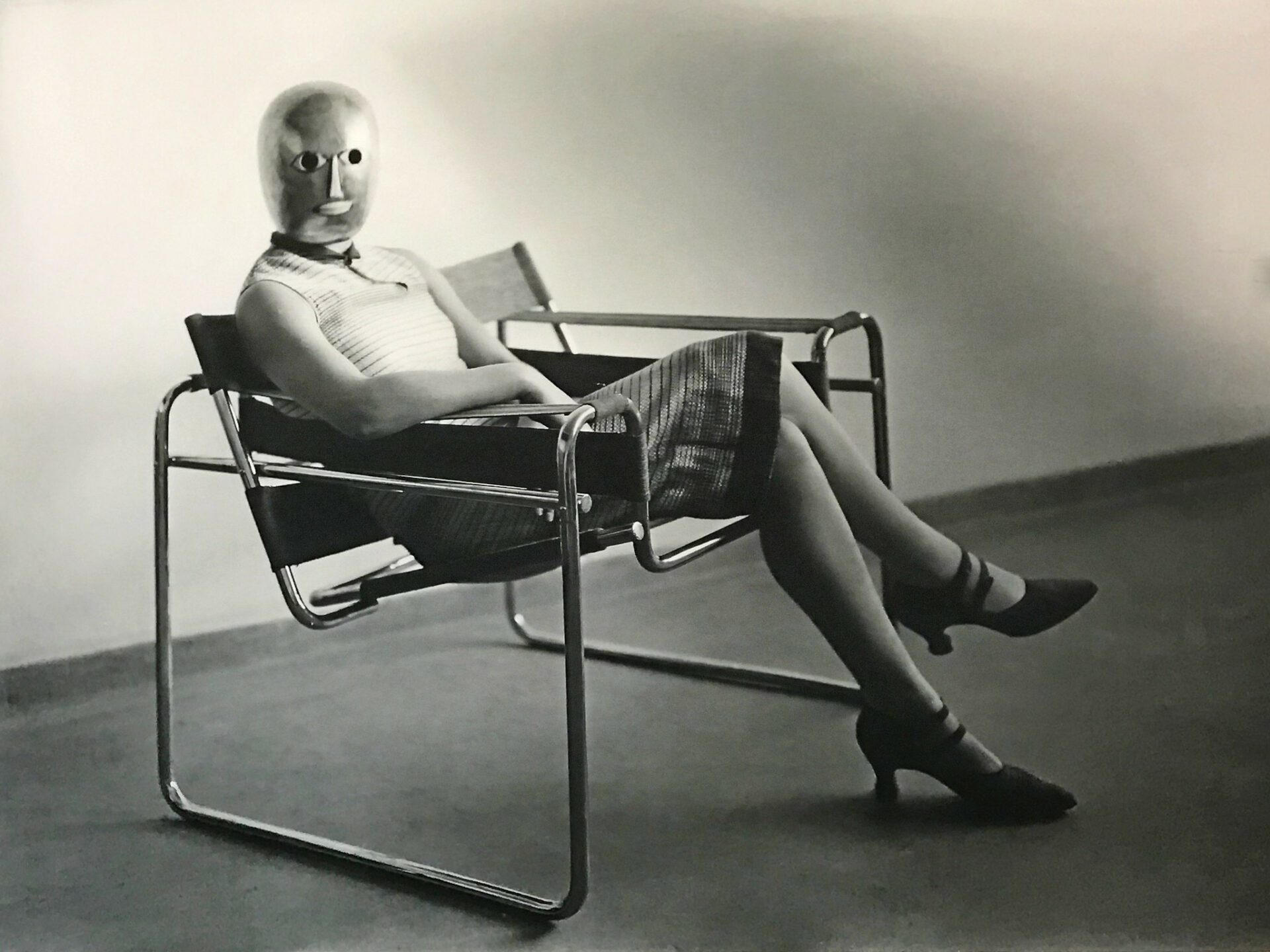
While the leading exponents of the modern movement and rationalism were busy researching new materials, exploring their potential and limits, Breuer designed the Wassily for the residence in Dessau of the famous abstract painter Wassily Kandinsky, after whom it was later named. At that time, the chair was produced by Thonet, a Viennese company that pioneered the furniture industry, and was initially called the Model B3 Chair .
From that moment on, the Viennese artist established himself as a great architect, starting to design buildings and large constructions, then moving to New York. leaving the Model B3 Chair on the sidelines. It was in the USA that he met Dino Gravina, a famous Italian entrepreneur, who convinced Breuer to put the chair back on the market and change its name.
Thus was born the Wassily Chair, which, in 1962, was relaunched for the second time on the market, becoming one of the icons of modern design.
The Wassily Chair can also be found at the MoMA in New York, donated by Herbert Bayer from the Bauhaus school.
The evolution of Breuer’s artistic thought in his works
- 1939-40 “The Aland Frank House“Pittsburgh
International Style – Evolution of Modernism - 1949 “House in the Museum Garden“MoMa
Hollow wooden walls, modest and cosy houses - 1966 “Whitney museum of America Art“NY
Stone and shaped concrete, juxtaposition of two materials
How to recognise a real Wassily Chair?
A real Wassily will certainly have carefully welded ends and a sturdy tubular frame. Unmistakable features of the original are the Knollstudio logo and the signature of Marcel Breuer. Watch out for the plastic caps at the ends: an unmistakable sign of an imitation.
Camilla Pieri
@Stiledesign. Reproduction reserved
You might also be interested in:


